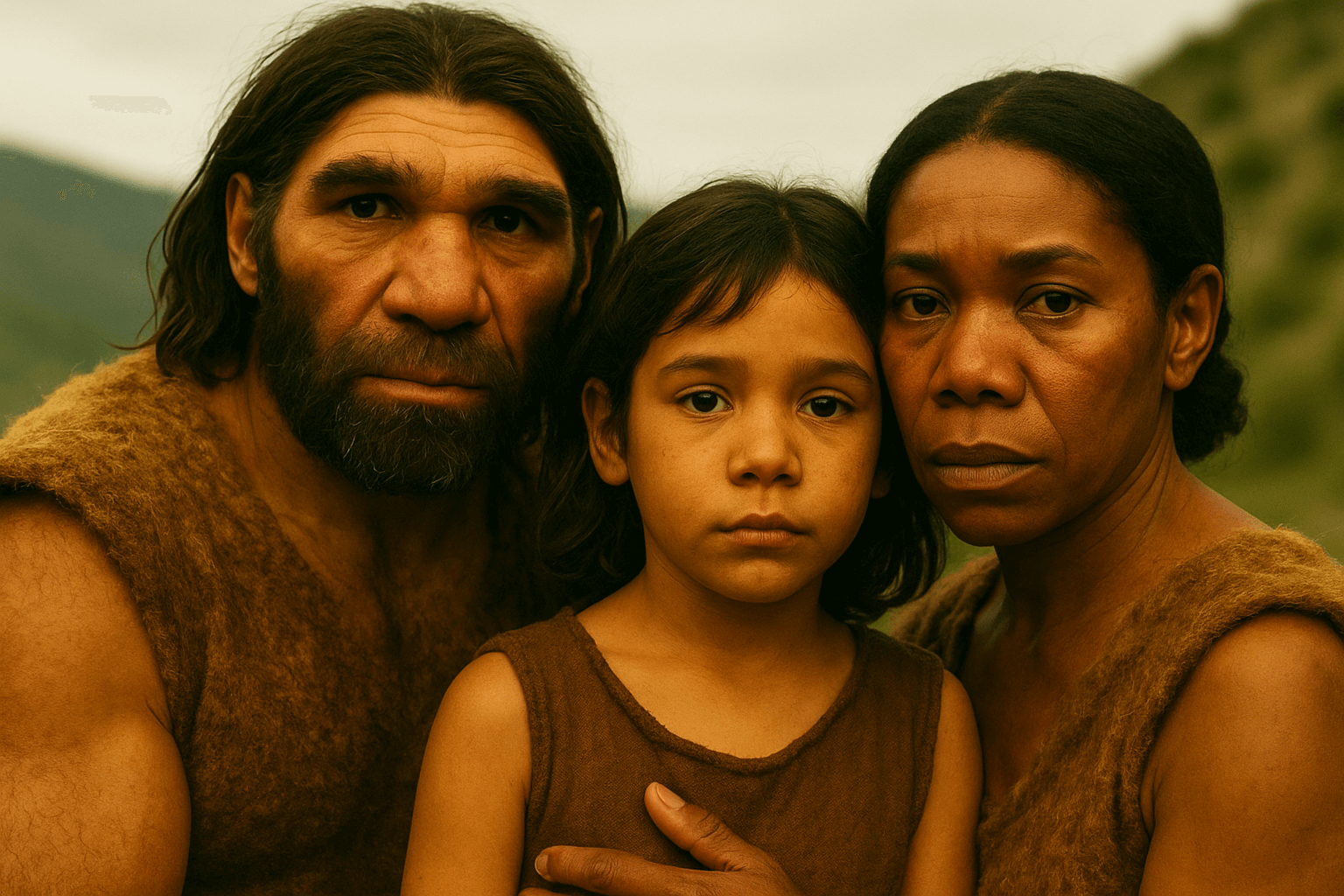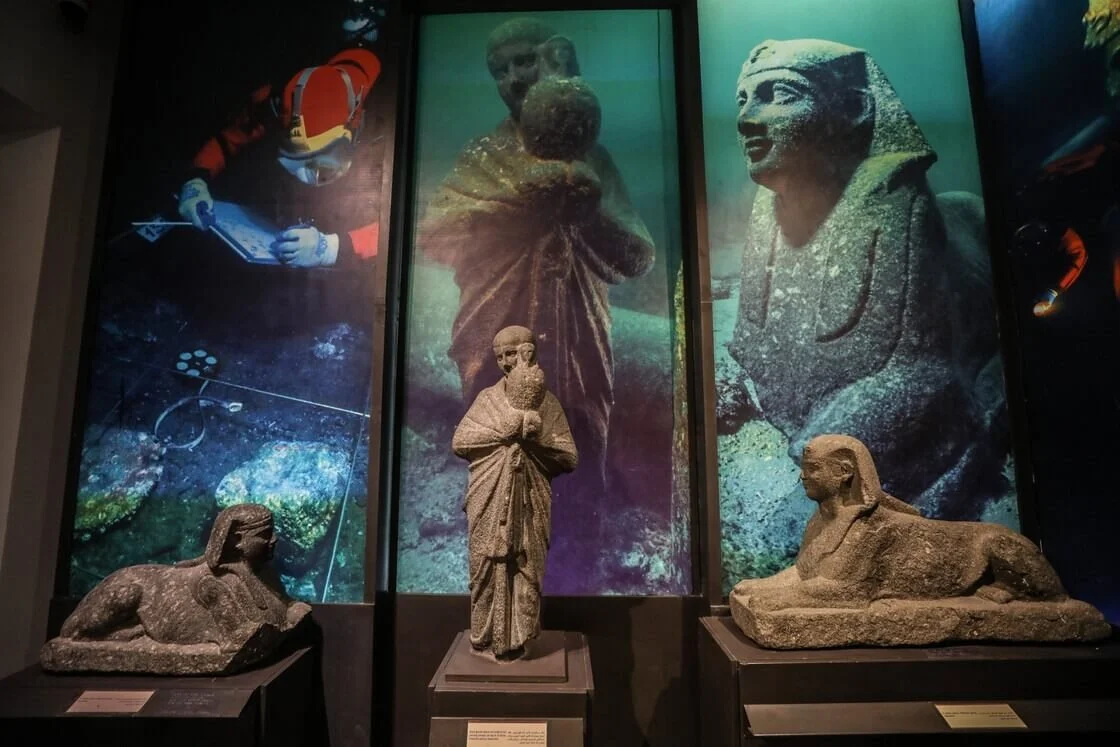In Brazil, scientists recently stumbled upon a truly fascinating discovery: ancient human petroglyphs etched alongside dinosaur tracks. These tracks, belonging to various dinosaur species like theropods, sauropods, and ornithopods, offer a rare glimpse into the coexistence of ancient humans and these prehistoric creatures.
It's quite a marvel to imagine that these ancient people might have had some understanding of the significance of these fossil records, even if they likely didn't comprehend the exact origins of the tracks. After all, humans and dinosaurs existed millions of years apart. The term "dinosaur" itself only came into use relatively recently, a significant chunk of time after the dinosaurs' reign had ended.
The discovery was made by researchers from Brazil’s National Institute of Historic and Artistic Heritage at the Serrote do Letreiro site in Paraíba state, not far from Recife. Petroglyphs—rock engravings—depicting circles, radial lines, and abstract motifs were found near the dinosaur tracks. These petroglyphs, believed to be created around 3,000 to 9,000 years ago, offer a fascinating connection between ancient humans and the distant past of the dinosaurs.
A recent study published in Scientific Reports highlights the significance of this finding. The researchers emphasize how these petroglyphs, in direct association with dinosaur tracks, suggest that ancient populations interacted with and possibly integrated the fossil record into their cultural expression and collective identity.
Daniel A. Leifheit//Getty Images
While these petroglyphs hint at a certain level of understanding or reverence for the dinosaur tracks, it's challenging to decipher their exact meaning or determine who created them. Lead author Leonardo Troiano notes that the people of northeastern Brazil during that era were likely nomadic or semi-sedentary, leaving little behind for archaeologists to study.
Back then, it's unlikely that these ancient peoples understood the true nature of the creatures that left behind these tracks. In the 18th century, there was even a belief that dinosaur bones belonged to some sort of giant humanoid race. Troiano suggests that these ancient Brazilians might have mistaken the tracks for those of giant birds—a surprisingly accurate assumption considering the limited knowledge of the time.
To safeguard this remarkable intersection of paleontology and anthropology, the researchers advocate for immediate measures to protect the site from further damage caused by humans and wildlife.
While this Brazilian site may not resemble a scene from Jurassic Park, it serves as compelling evidence that humans and dinosaurs shared a relationship of sorts long before previously believed.








